- Applications and Forms
- ATM Locator
- Calendars
- Disclosures
- Financial Calculators
- Financial Wellness
- Home Ownership
- 7 Tips for Buying & Using Homeowner's Insurance
- The Two Sides of Co-Borrowing
- Understanding How the Equity in Your Home Can Work for You
- 5 Financial Goals You Can Achieve with a HELOC
- What is Your Home Really Worth?
- Is Downsizing Right for You?
- When It's Time to Tap Your Home Equity
- What is the Smartest Home Loan for You?
- Helpful Hints on Hiring a Contractor
- Money Management
- Smart Ways to Deposit Money
- Why You Should Or Shouldn't Buy Now, Pay Later
- Is Your Account at Risk? Simple Steps to Avoid Escheatment
- What to Do If Your Property Is Escheated
- Transferring Wealth
- 3 Keys to Start Car Shopping
- Why Credit Card APRs Matter
- Financial Preparedness in Emergencies
- The Time is Now to Introduce Your Beneficiaries to CEFCU
- Introduce Your Beneficiaries to CEFCU
- Talking Finances with Your Teens
- What's Involved When You're a Trustee or Executor to an Estate?
- How Your Accounts are Federally Insured
- How to Have A Meaningful Conversation about Joint Finances
- Prepare Your Financial Go-Bag
- Scam Awareness & Cyber Security
- Protect Yourself from Criminals Exploiting Artificial Intelligence to Deceive Victims
- Protect Yourself and Your Accounts from Credential Stuffing
- Multi-Factor Authentication & 5 Ways to Stay Cyber Safe
- Warning Signs of Scams & Identity Theft Schemes
- Tips on Avoiding Physical & Digital Theft
- Prevention is Key to Cybersecurity
- Trending Scams: Stay Alert and Aware
- Beware of COVID-19 Vaccine Scams
- Beware of Gift Card Payments, Pop-Ups and Links
- Protect Yourself and Your Finances
- IRS Warns on Coronavirus-Related Scams
- Phone Scams
- 10 Things You Can Do to Avoid Fraud
- Alarming Increase of Scam Calls
- IRS Tax Scams Continue Year-Round
- Safeguard Your Identity
- Home Ownership
- Focus Newsletter
- Holidays
- Privacy Notice
- Schedule of Fees
- Security Information
- Tax Statements
- Update Your Contact Information
- Wiring Instructions
Financial Wellness
Financial Preparedness in Emergencies
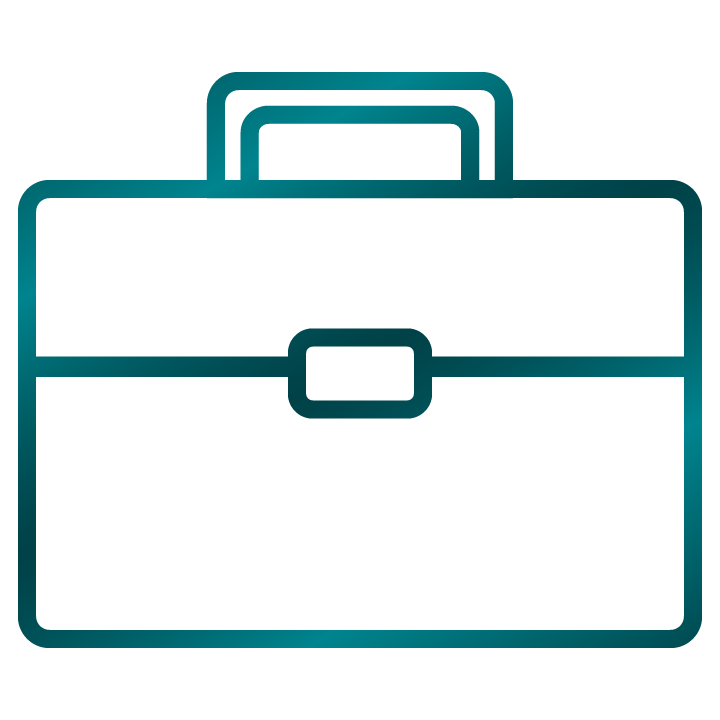 Given only moments to evacuate your home, would you have access to cash, account details, and proper identification required to conduct financial transactions? With a financial “Go Bag” the answer is YES!
Given only moments to evacuate your home, would you have access to cash, account details, and proper identification required to conduct financial transactions? With a financial “Go Bag” the answer is YES!
When an emergency or natural disaster occurs, the threat to uninterrupted access to financial accounts doesn’t stop once a pandemic subsides, the floods recede, or the fires go out.
Alongside your emergency and first aid kits, you must prepare a financial “go bag”in case of an emergency or evacuation. A financial “go bag”includes essential information to access your accounts during and after a crisis.
Some emergencies are international news — like a hurricane approaching a major city — but not every emergency makes headline news or impacts everyone in the community. A family member can unexpectedly fall ill or a gas leak can require your neighborhood to evacuate. Based on where you live, some emergencies are more likely than others. Understanding the risks in your area, as well as your personal needs and responsibilities, can guide you in developing an emergency preparedness plan and your financial “go bag.”
The “go bag” can be organized in various ways — a three-ring binder or a series of sealable plastic bags. In any case, it should be stored in a secure, watertight container that’s easy to carry and store. Here’s how you can get started!
Your “Go Bag” Checklist
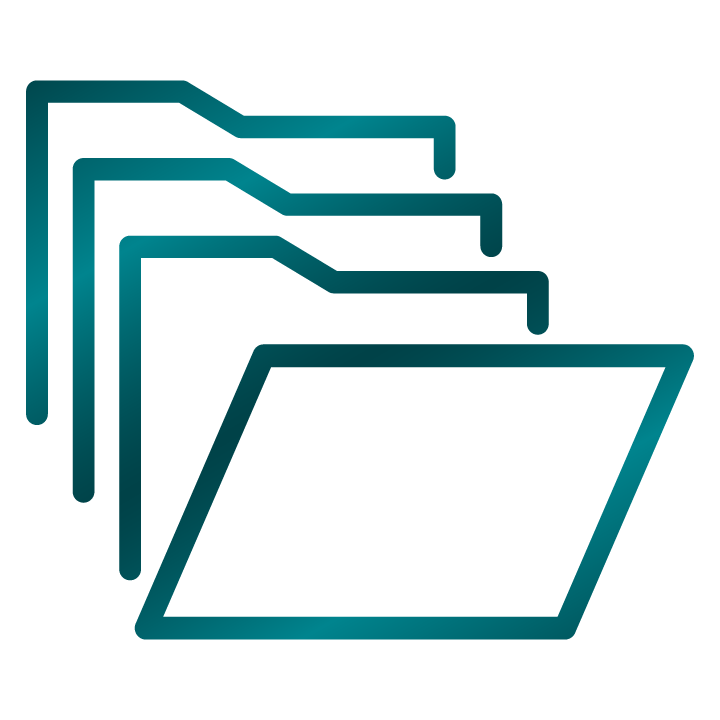 Files
Files
Make copies — front and back — of important files and documents.
- Identification: Store copies of driver’s licenses, insurance cards, Social Security cards, passports and birth certificates for everyone living in your home.
- Records: Collect copies of the following.
- Account information for checking, savings and brokerage accounts.
- Recent mortgage statement with account details and payment processor, as well as insurance and other protective coverage. If your home is paid off, the deed to your house.
- Car titles and current registration.
- Proof of income in case you need to apply for an emergency loan. Documents can include prior year’s tax return, recent statements of pension or 401K distributions, and recent cost of living adjustment letters from Social Security.
- Insurance policies for cars, home, life, health, and long-term care.
- Estate information (or location of copies) for your will, durable power of attorney, advanced medical directives, living will, trust documents, and the designated executor.
- Photos: Recent family photos with faces clearly displayed to distribute if someone is missing or lost.
- Contact List: List of service providers with detailed contact information. Include your attorney, tax preparer, brokerage firm, as well as contact details for family and close friends. Include the information of a trusted friend who lives outside your local area.
Make duplicate copies.
Consider giving copies to a loved one or at least let them know where to find your records in an emergency.
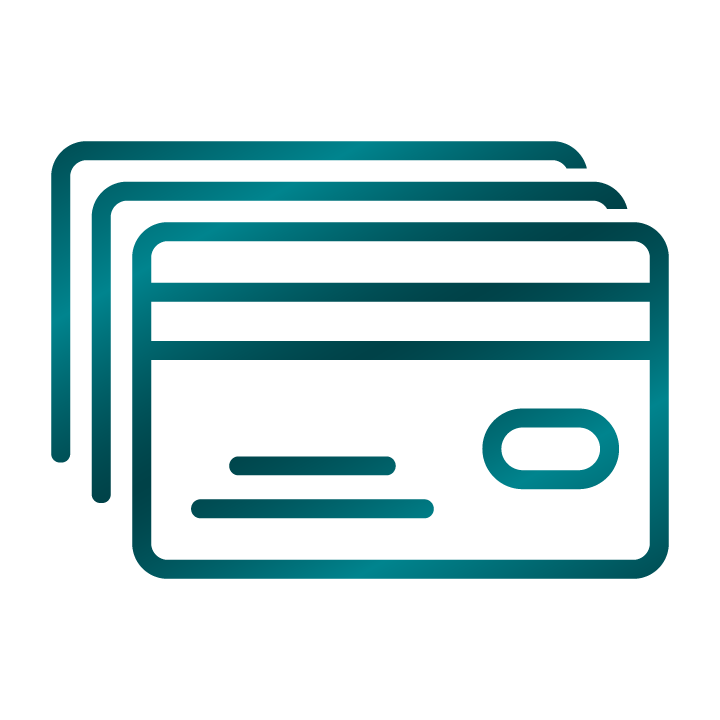 Cards
Cards
ATM, debit, and credit cards give you access to cash and the ability to pay outstanding bills. Don’t assume merchants and ATMs in areas affected by the disaster will be functioning as usual. That’s why it’s important to have other options available for getting cash and making payments.
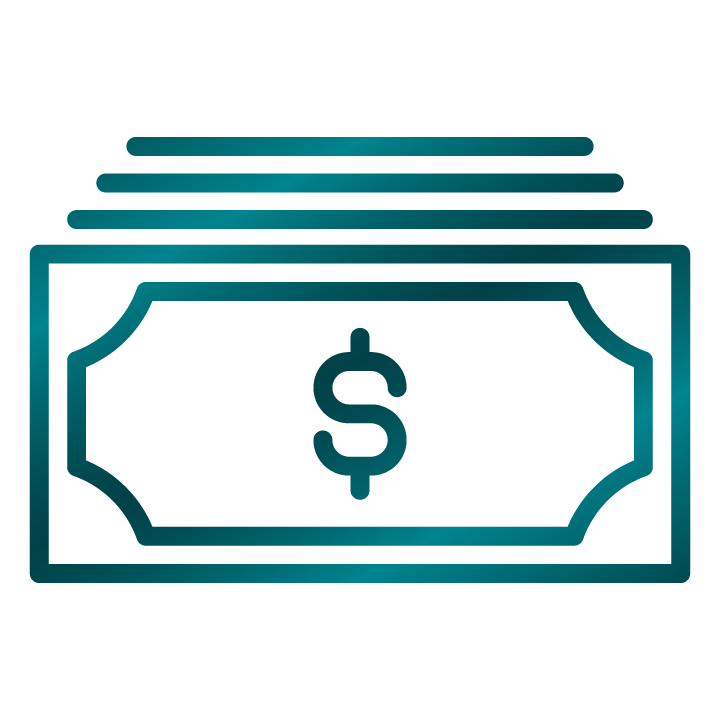 Cash
Cash
Keep cash for your family’s living expenses for a week. Include a variety of denominations and plenty of $20 bills, which are more widely accepted than larger denominations. The amount you should have available will depend on your ability to use ATM, debit, and credit card networks to get more cash or make purchases.
 Supplies
Supplies
Include a notebook and pencil to keep track and take notes of calls and other details.
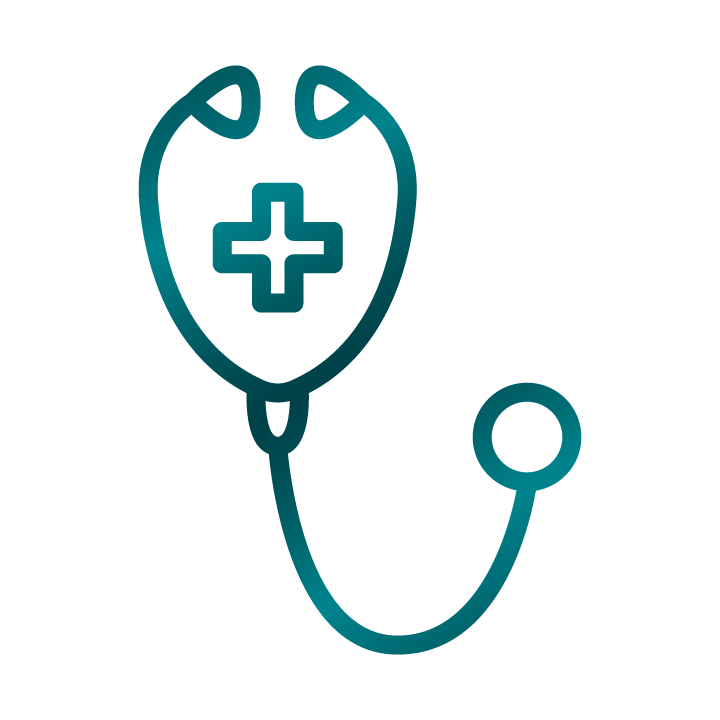 Medical
Medical
- Medicine: List the exact name and dosage of all medications taken by you and the members of your family. The name of your doctor, medical insurance policy details, and pharmacy will also be useful.
- Allergies: Make note of all known food and medical allergies.
- Eyeglasses: Spare prescription and reading glasses are essential. Keep a copy of your prescription in case replacements are needed.
- Medical Devices: If you or anyone in your household uses any type of medical device, list the name, vendor, model number and other details.
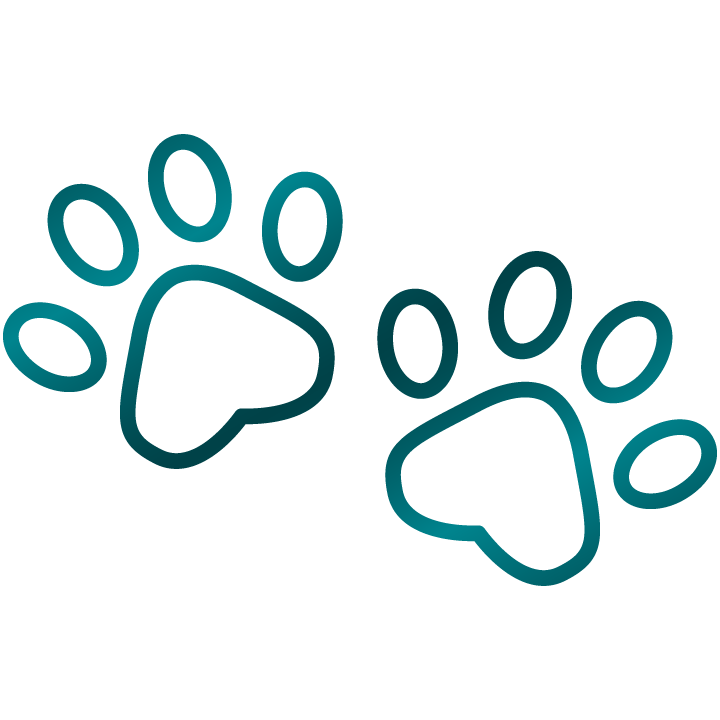 Pets
Pets
In essence, pets need a “go bag” of their own with copies of their veterinarian information, license, proof of current vaccinations, identifying photos, pet insurance (if any), and a list of any diet or medical needs. It may be handy to store in their crate.
Preventative Measures You Can Take Now
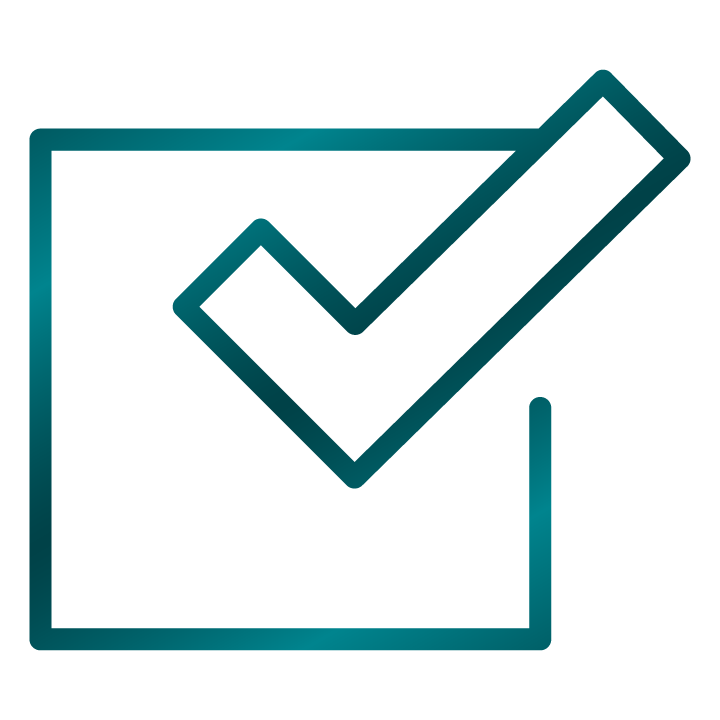 Storage.
Storage.
- Safe Deposit Box: A safe deposit box at a local financial institution is best for birth certificates and originals of important contracts. Your passport, medical-care directive and identification should be stored safely at home because you might need these on short notice. If you want to store these items at home, consider investing in a fire-proof security box.
- Cloud-based: For the sake of security, consider uploading files to a secure cloud-based server. Make sure someone you trust knows it exists and how it is accessed. For account credentials, use a password keeper. Consider packing a battery pack and extra charging cords for all smartphones and other devices.
 Online Account Access.
Online Account Access.
Online services allow you to conduct your financial business without requesting checks or physically traveling to the financial institution. Direct Deposit.
Direct Deposit.
The use of electronic transfer for deposits directly into your account will give you better access to your funds anytime. Auto Bill Payments.
Auto Bill Payments.
Initiating this service enables you to make scheduled payments — such as your phone bill, insurance premiums and loan payments — and avoid service interruptions. Register for Alerts.
Register for Alerts.
Sign up for emergency alerts and notifications for your area.
Keep your financial apps current.
Installing apps on your phone will make it easier than downloading or updating with reduced cell service and lack of wifi during an emergency.
Start Preparing Today!
Unforeseen emergencies and disasters can seriously impair your ability to complete routine and urgent financial transactions. While impossible to predict when or where a disaster will strike, preparation is your best defense!
A financial “go bag” should be an integral part of your emergency preparedness plan. So be proactive and take these important steps today.
Read more of our Financial Wellness articles on Money Management.






